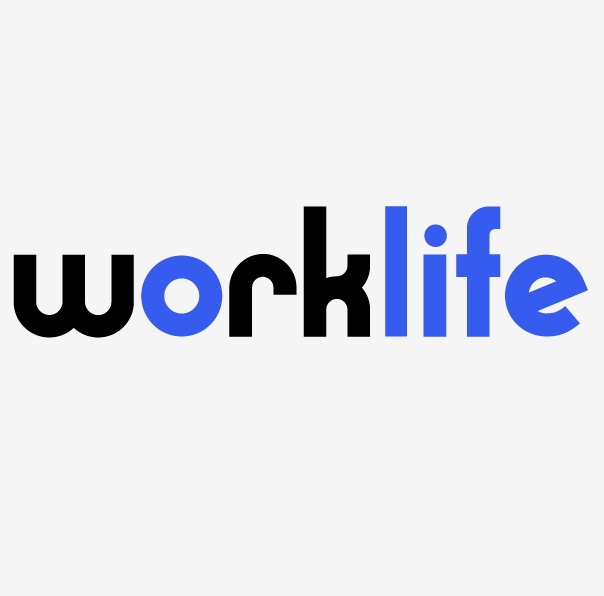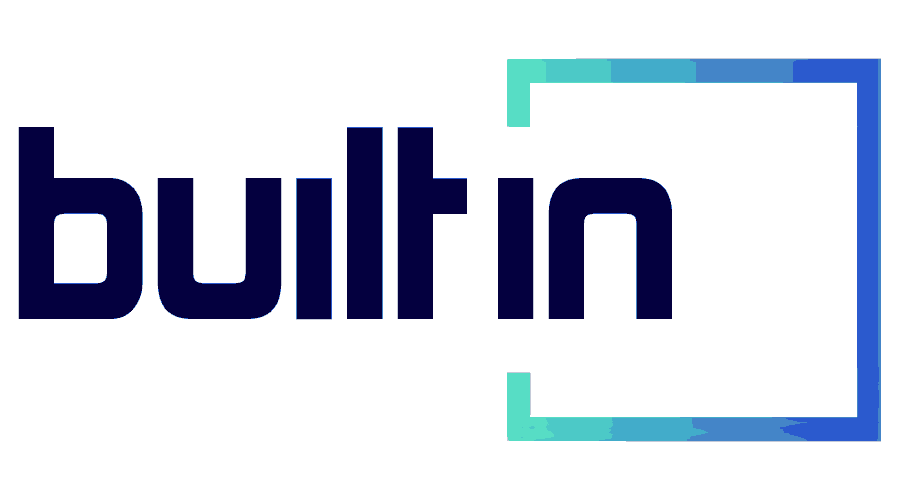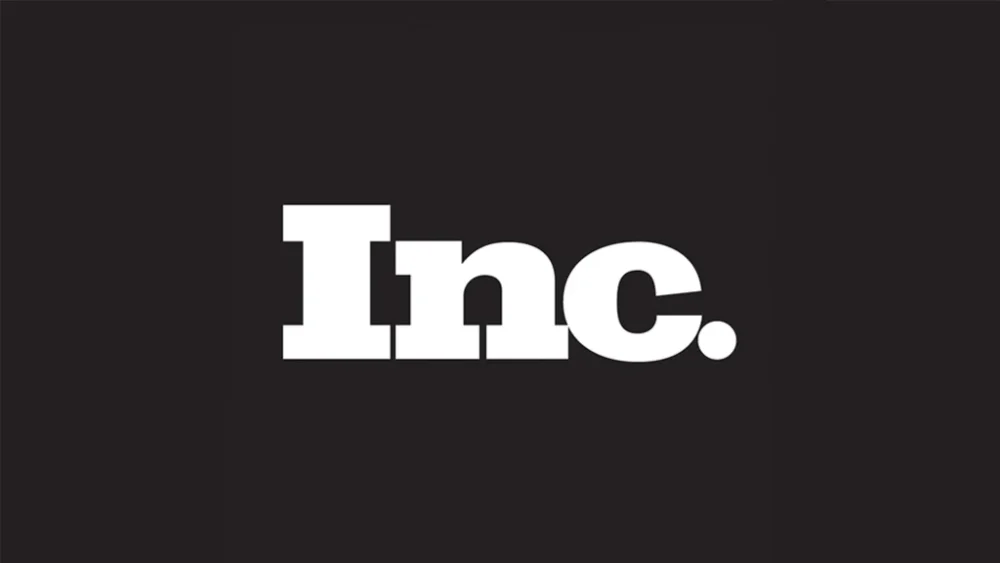If your answer to the headline question is no way, ask yourself whether you are a prejudiced person. If you still say no, then consider whether you have any prejudices. If you still say no way, then you are in denial and may need medical marijuana.
We all have prejudices, whether we are aware of them or not. We unconsciously react to people and make judgments about them based on their physical appearances and characteristics every day, whether it is the color of their skin, their accents, how they are dressed or their height. It is not necessarily a bad thing; it’s just human nature. When it comes to the workplace though, it is important to be aware of those inherent biases and check them at the door. Diversity training is an important means for employers to help their employees understand their prejudices and to control how they behave at work.
Based on the April 12, 2018 incident in its Philadelphia store, Starbucks is closing its 8,000 stores on May 29 to conduct “implicit bias” and “conscious inclusion” training, whatever that means. Although we are not privy to the content of the Starbucks program, we have been conducting diversity training for our clients for more than 20 years and we have learned a few things. The most important lesson is that the goal of the training cannot be to change the way anyone thinks. Believing that any trainer can reverse someone’s prejudices in 2 hours of training is ridiculous– it takes us 4 hours. But seriously, the goal must be to teach behavior modification and to do so, trainers must be non-judgmental.
Subliminal bias plays a role in all of our lives. We decide who looks dangerous on the street or who appears to be someone with whom we could be friends at a social gathering without knowing a thing about them. Try going into an expensive jewelry store in torn jeans and t-shirt and see if anyone but the store detective pays attention to you. Such judgments also play a role in hiring, promotion, compensation and most other aspects of employment.
Imagine interviewing candidates for an Accounting Department position. Ask yourself whether the applicant with the visible neck tattoo and long hair will be judged as competent as the well-groomed, non-inked candidate. In her 2010 book, The Art of Choosing, Columbia University professor Sheena Iyengar offers data for the proposition that highly attractive people of both genders earn 12% more than their less attractive co-workers. While that has certainly been true for us throughout our careers, we recognize that many hiring managers might be unaware of their own inherent bias of equating good looks with competence. The same is true when it comes to height. Iyengar contends that men earn 2.5% more per inch (of vertical height). Get your minds out of the gutter.
It is indisputable that 58% of male Fortune 500 CEOs are 6 feet or taller and only 14% of American men are that tall. What’s even more stunning is that 30% of those CEOs are 6’2” or taller and only 3.9% of U.S. males are that tall. That cannot be a coincidence and at least one of us knows, there is no correlation between height and brains. We all make value judgments based on superficial and often irrelevant characteristics such as physical appearance. When it happens at work, those largely unconscious behaviors can cause discord, lawsuits or both.
All employers need to take a lesson from Starbucks’ experience and the #MeToo movement. Social media can turn an incident that not long ago would have received no attention into a nationwide, reputation changing and costly event. Diversity training aimed at helping employees understand their own biases and how to control them when it comes to workplace interactions or decision-making is an important tool for employers to implement.








